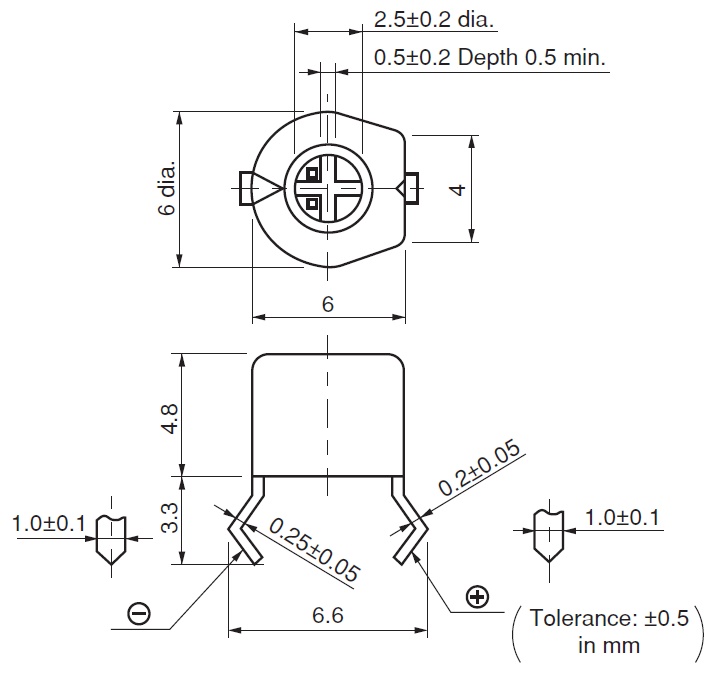new background picture and Digi-key ad on Youtube ? (crummy commercials)

For some reason felt the need to change the background picture to this: source: https://www.youtube.com/watch?v=6_XSShVAnkY will change it back to the QSL at a future date. For one thing, blogger is just awkward as far as stuff like background pictures. As with many things on the internet, I suspect that the people developing the content never actually use or consume the same content. BTW, I remember hearing Charles Kuralt on the CBS Sunday Morning program say something to the effect of: Neutrality means that while you don't have any enemies, you don't have any friends either. And the Wander Corporation, the makers of Ovaltine during the 1930s/1940s was a Swiss corporation - 'nuff said ! Second crummy commercial: while on Youtube (in a private window so no history) a Digi-key ad was served: This just seemed weird, am I outed as a Digi-key customer even while browsing privately ? Apparently the AI and/or the algorithm knows everything ? There is no way to change a c








.jpg)


